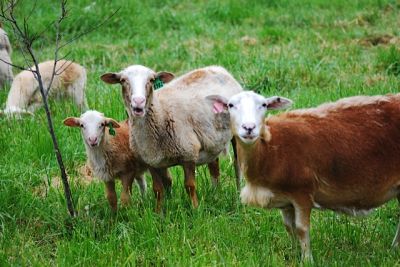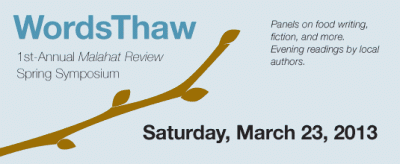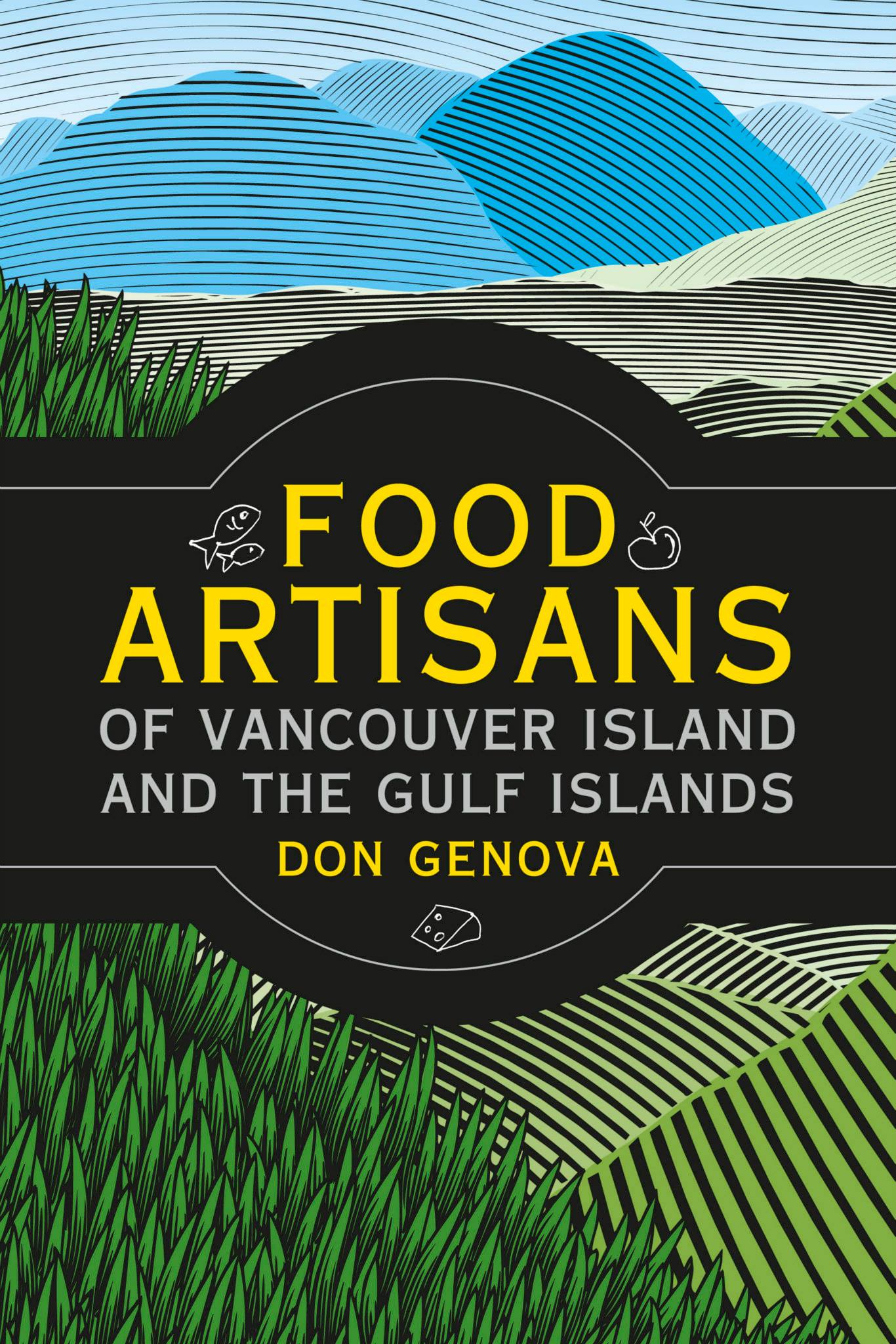 Salt Spring Island Sheep
Salt Spring Island Sheep
Spring has arrived, and with the season comes a number of celebrations. This year, Easter, Passover and the Persian New Year celebration of Nowruz all take place within a couple of weeks of each other, and lamb is a traditional food served with all of these observances. Today on Food Matters on All Points West, I presented a couple of lamb recipes, but also a look at the sustainability of the lamb agricultural sector on Vancouver Island.
Lamb never used to be a favourite meat of mine. Never ate it once as a kid growing up, even though my uncle had a sheep farm in Southern Ontario not far from where we lived. My mom simply never cooked it. In university residence I had my first lamb chops. Very strong-tasting, with about an inch of fat around the chop. I figured I wasn’t missing anything. Then a few years later my sister did a leg of lamb on her barbecue with lots of garlic, lemon, oregano and rosemary, cooked to medium rare, and I loved it. When I moved to Vancouver and started my food journalism career, it seemed like every high-end restaurant had rack of lamb on the menu and I had it many different ways and definitely developed a taste for it.
Here on Vancouver Island, I’ve experimented with sharing half of an entire lamb with a neighbour from a farmer in Metchosin, which was great, but I started running out of room in my freezer because I also had a side of beef and half a pig in there. So now I tend to buy local lamb as I have a desire to make a particular recipe every now and again. I do have to tell you that price is a concern, it can be quite a bit more expensive than beef, chicken and pork.
To find out why the price is higher, I had a chat with John Buchanan, who has been running Parry Bay Sheep Farm in Metchosin for the last 30 years. It’s one of the largest sheep farms on the Island and John certainly has a wealth of experience in the sector, he told me much more about raising lambs and sheep than I can pass along here, but there are some very interesting nuggets of information regarding the price of lamb. The first is the cost of feeding the lambs. Despite our mild climate, most farmers can’t rely on the sheep and lambs eating grass all-year round, so they have to bring in feed, and the cost of the feed has been steadily rising, especially with some of the drought conditions experienced in the Prairie provinces recently. Another contributing factor that goes along with the feed is the efficiency of raising sheep. John told me it takes ten pounds of feed to get back one pound of lamb. For a chicken the ratio is only 1.8 to 1 and pigs are also much more efficient at converting feed to carcass weight. A mother sheep can only get you 1.7 lambs to market every year whereas if you have your own hatching program a hen could get you 300 more chickens to market every year. Then there are the predators. This year John lost 12 lambs to a cougar. And the cost of processing the lambs at the abattoir has also gone up by tenfold since he started his farm.
So why does he still do it? He told me he loves the challenge! He says it’s more fun than raising chickens. John says the abattoir situation has stabilized after some shutdowns and turnovers, and that’s very important for farmers to have somewhere to process their animals locally. Salt Spring Island finally has a new licensed-for-lamb abattoir this year. And, John says he is finally starting to see some actual profit in the operation, which he attributes to the rise of local food. People want local lamb, the flavour of Vancouver Island and Gulf Island lamb has a great reputation, and they are willing to pay more for it. John says local farmers can never compete on price with cheaper imports from Australia and New Zealand but now, people are willing to pay more for local lamb.
To find local lamb, it helps to know a farmer and ask where they sell their lamb, or find a reliable butcher. Sometimes you can buy at the farmgate or farmers’ markets, especially if you are willing to buy a whole cut-up frozen lamb. But there are more and more local grocery stores, especially in Victoria, carrying local lamb like that from Parry Bay Farm, and the Village Butcher, I talked about them a few weeks ago as they are the main processor for south Vancouver Island. Make sure you ask where the lamb comes from…you should know whether you are buying local lamb, imported lamb from Australia or New Zealand, or lamb that has been brought in from other Canadian provinces like Alberta.
 Reshteh Polo
Reshteh Polo
I’ve learned how to use some of the cheaper cuts of lamb to my advantage. For Easter I’ll be slow roasting a lamb shoulder with fresh herbs, onions and star anise, but today I brought in an Persian dish called reshteh polo which is a savoury mix of simmered lamb stew and saffron rice, and even a brochette of lamb heart done Moroccan style.
I will be out of the kitchen this weekend but still behind a microphone. I am moderating a panel on Food Writing at the University of Victoria, part of a day of talk about writing and readings called WordsThaw, organized by The Malahat Review. My part of the day is called A Sustainable Feast: The New Food Writing. It starts at 1:30 at the Human and Social Development Building, but check my blog for the link for more information. Panel members include my fellow Masters of Food Culture colleague Rhona McAdam, who has written Digging the City, an urban agriculture manifesto, and Kimberly Veness, a UVic student and Editor in Chief of Concrete Garden, the first environmental magazine to emerge from students in the writing department at UVic. Hope to see you there!




Great article as always Don, very informative.
What are the laws on dealing with the Cougar?